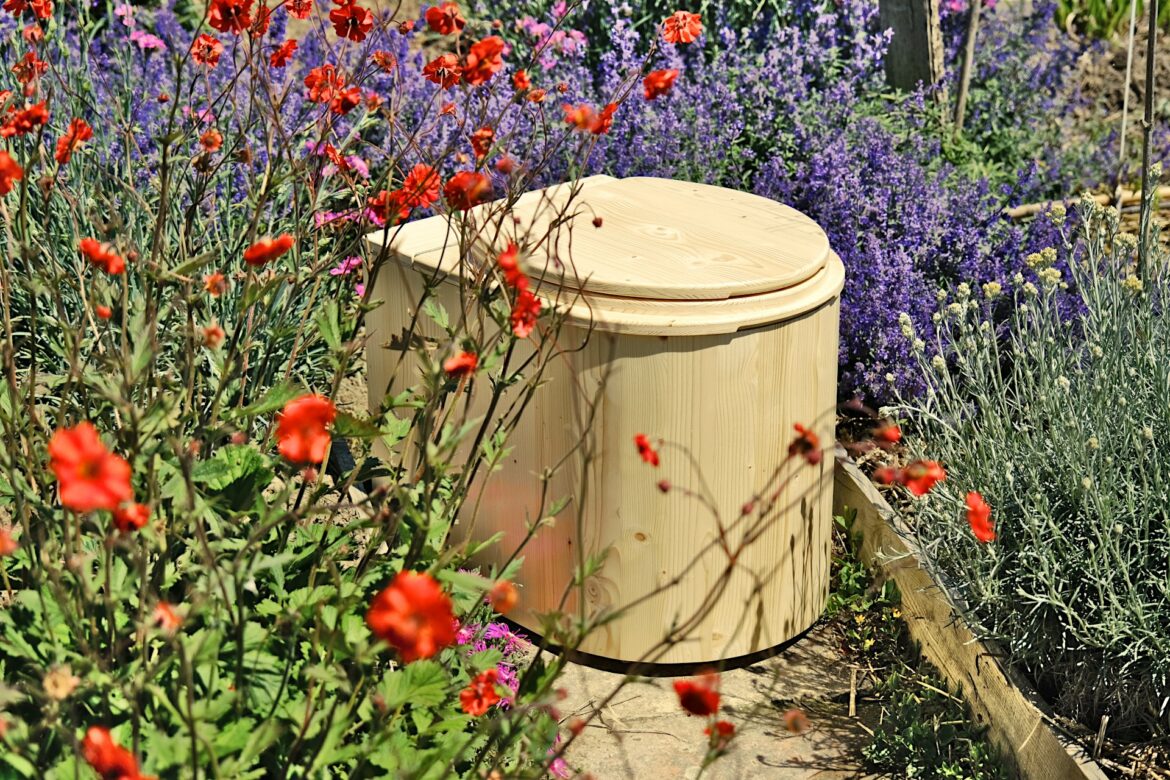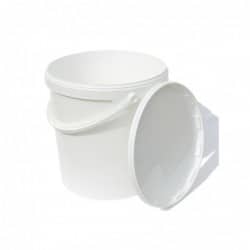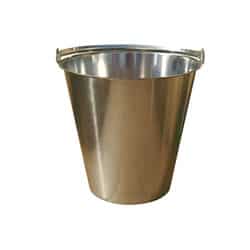Do waterless toilets smell bad?
We’re often asked if dry toilets give off bad smells!
To which we reply: “NO, dry toilets don’t smell bad!
I should specify: as long as thelitter supply is respected.
Carbon litter provides the balance needed for the composting process to run smoothly, and also prevents the appearance of undesirable odors.
If this litter is dry, carbonaceous and rather coarse (avoid sawdust alone, which is too fine), it prevents urine and feces from agglomerating into a poorly aerated mass.
It avoids the development of an anaerobic process which, among other things, generates unpleasant odors.
Discover micro-organisms for dry toilets.
The dry toilet housing does not have to be designed/manufactured to be airtight, as a minimum of natural ventilation is essential.
Our 5 tips to keep your dry toilets odor-free!
If you have bad smells in your dry toilet, this is not normal.
In fact, a
well-designed and well-used dry toilet does not generate harmful odors
at least no more than a water toilet.
Following a few (fortunately rare) exchanges along these lines at trade fairs and exhibitions, we felt it essential to explain the key points that make a dry toilet work.
5 important points to make your experience with a dry toilet more pleasant than with a conventional toilet:
1. Protect wood
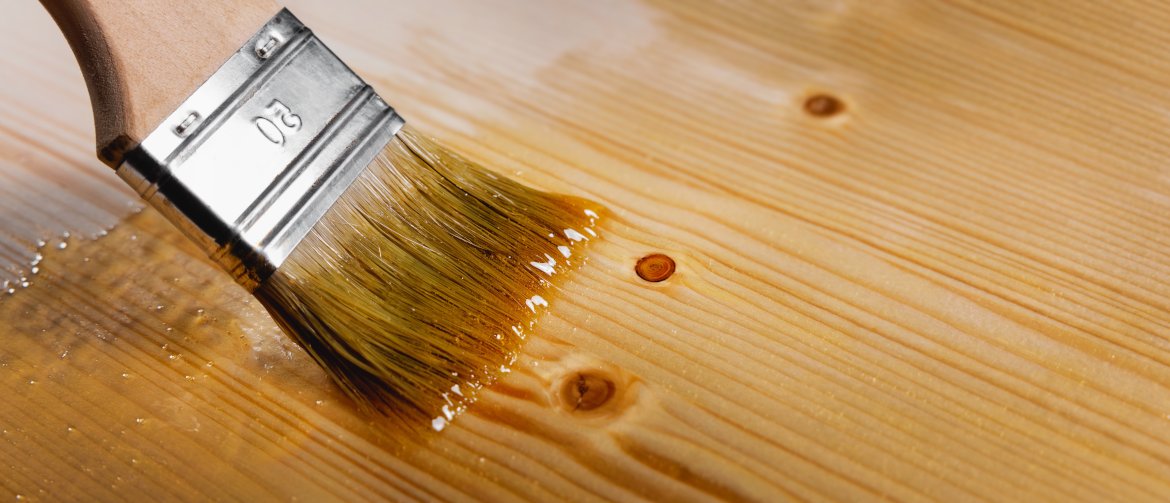
Our varnishes are applied by hand, in three coats.
First of all, your wood absolutely must be protected with a product that will make your toilet washable.
This is so you can clean your toilet properly, and also prevent accidental urine splashes from soaking into the wood. For example, an
ecological varnish
will do the trick.
2- Use a bib
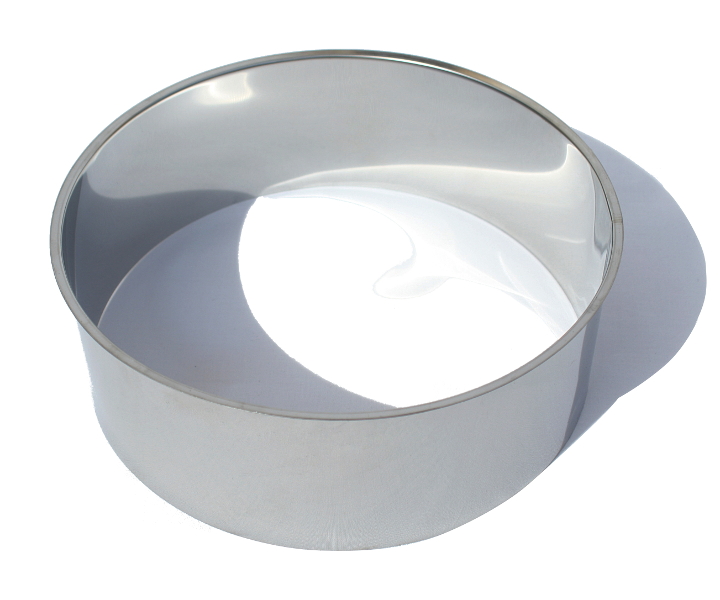
Stainless steel bib for dry toilets.
This will ensure a watertight seal between the seat of your dry toilet and the bucket or container it contains.
This prevents urine leaking between the bucket and the seat.
We recommend using a circular flap that goes all the way around your hole.
Half-flaps work well if all men sit down to urinate. This is not always the case, and there may be leaks on the back of your toilet.
Ideally, the height of the bib should be between 6 and 15 cm.
This will keep a “safe” distance between your buttocks and the contents of the bucket, thus optimizing your bucket’s capacity.
Indeed, if you don’t use a bib and opt to glue the top of your bucket directly under the seat (which can work to avoid leaks if your bucket fits perfectly on your seat) you won’t be able to fill your bucket to the maximum.
The bib optimizes the useful volume of your bucket.
For example, if you don’t use a bib and use a 20-liter bucket, you’ll really only be using 15 liters of it.
As with the buckets, we recommend that the bib be made of stainless steel or food-grade plastic. Other materials may quickly oxidize or take on a bad odor themselves over time.
Lécopot has designed an optimal
optimal flap
for dry toilets.
That’s why we install it as standard in all our toilets, and why we’ve decided to offer it for sale to all self-builders or those who want to upgrade their existing dry toilet.
3. Choose a container that’s easy to clean
Your bucket or container should be made of a material that doesn’t pick up odors and is easy to clean.
We do not recommend the use of conventional plastic or galvanized steel buckets. The former will pick up odors quickly, and the latter won’t last very long as they will be attacked at the bottom by the acidity of urine.
It’s best to opt for a
plastic bucket
or
stainless steel
. Both materials are easy to clean because their surface is smooth and they don’t pick up odors.
That’s why these materials are so popular in the kitchen.
4. Choose a container of moderate volume
Although many people want to opt for a very large container, we advise against this choice for two reasons.
The first is that the larger the container, the longer the time between emptying will be (which is what we’re aiming for with a large container). The problem is that urine that remains in the bottom of a container for too long lacks air and, after a few days, turns into ammonia, giving off unpleasant odours. You need to empty your bucket at least once a week.
The second reason is that we find it more comfortable to empty a container that’s easy to empty more often, rather than emptying becoming a trial of strength because of a container that’s too heavy or awkward to handle.
In short, a food-grade plastic or stainless steel container of up to 20 liters seems optimal for family use.
5. Choosing the right dry toilet litter
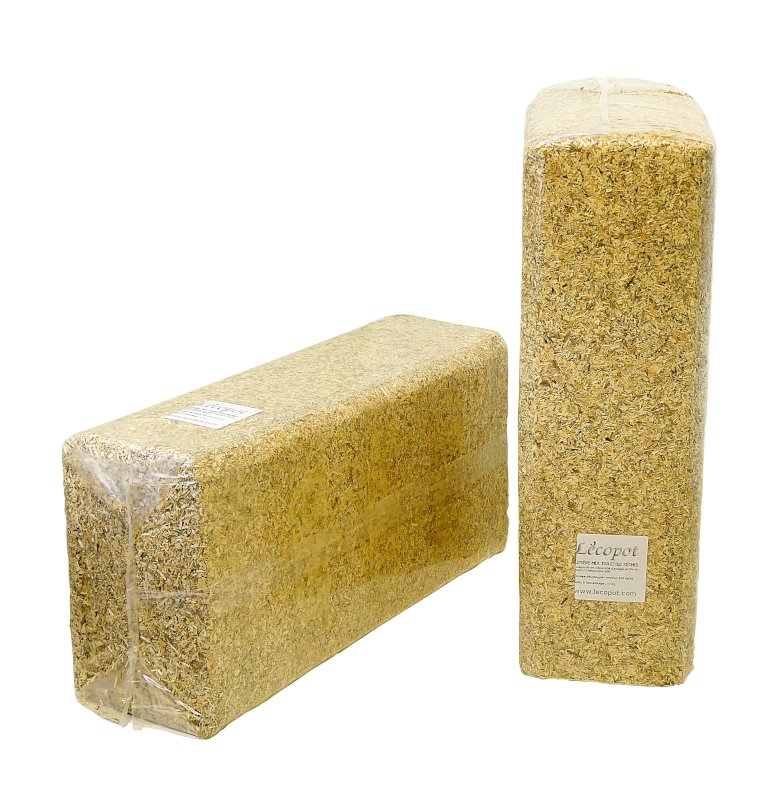
Special dry toilet litter from Lécopot
And finally, the last important point is the litter used.
Sawdust is often readily available from local carpenters.
Be careful, as sawdust often contains residues from panels containing glues, melamine or various chemical treatments.
This route is therefore not recommended, unless you know the person well and ask them if they have “clean” materials.
In any case, sawdust is too fine to be ideal as dry toilet litter.
Its thinness gives it great absorption capacity, but suffocates materials.
As explained above, the lack of air will cause the ammoniacal transformation of urine and the odors that go with it.
Ideally, you should use
dry, fine wood shavings
.
Those produced by cutting or planing are ideal. Their granulometry is fine enough to absorb liquids, but they don’t agglomerate, so they let air circulate.
You can easily find it at your local sawmill, or in large garden centers or agricultural cooperatives where you’ll find horse bedding (in the livestock section) in the form of fine wood shavings.
If you opt for the latter, you should be aware that the purchase cost will still be much lower than your water consumption.
The same applies to composting conditions: compost needs air to continue its decomposition cycle in the best possible conditions. That’s why it’s often advisable to air it from time to time.
Does your composter need a helping hand?
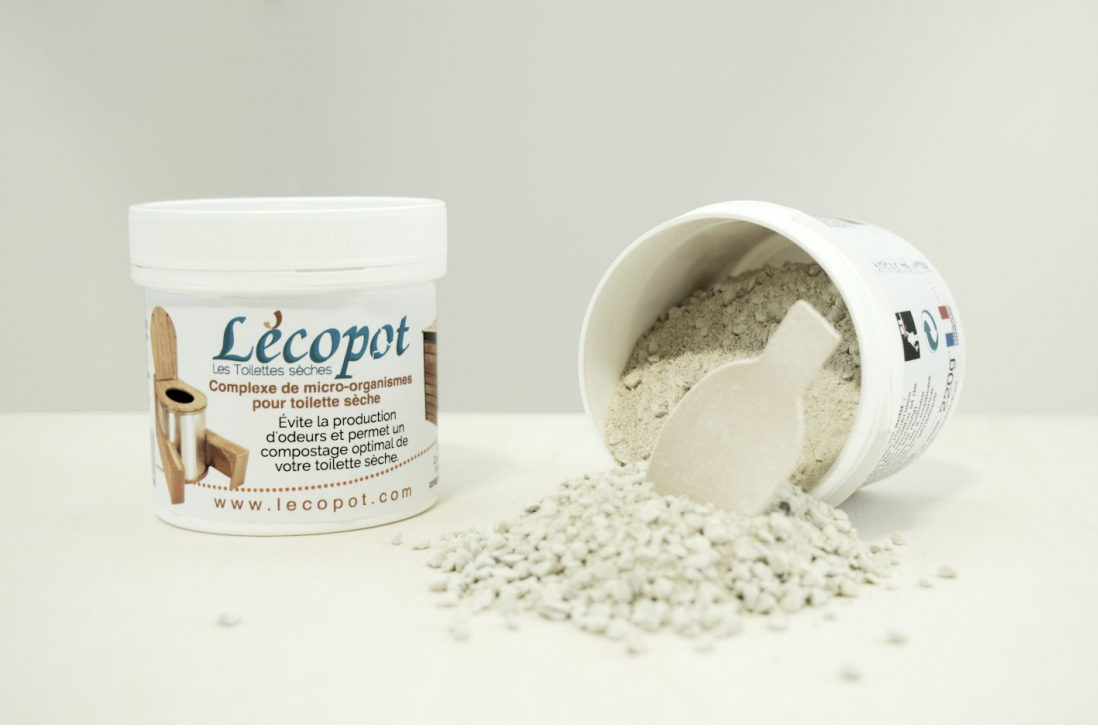
You can also add micro-organisms specially selected for dry toilets to your litter.
micro-organisms specially selected for dry toilets
. The selection is based on micro-organisms that are beneficial for composting. These take over from other odor-producing organisms. We tested and quickly adopted their use.
For more information on the use of micro-organisms in dry toilets, please read our article: “
Microorganisms for dry toilets
.
“
If you follow these recommendations, you’ll be able to enjoy all the pleasures of a fully-fledged compost toilet user. And to experience the pride of preserving water and participating in the production of a nourishing material for the earth. And there’s a lot to be proud of!
>> Join the Facebook Group “Toilettes sèches et fières de l’être”!
For more information, contact Lécopot or post your message in the forum.
